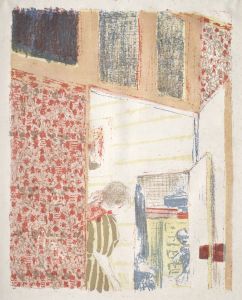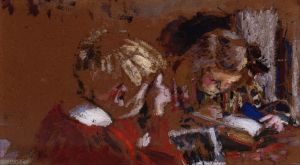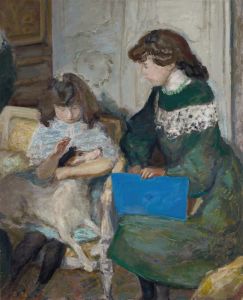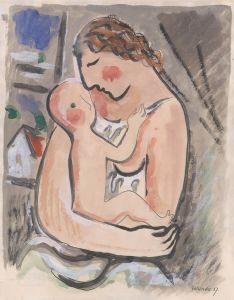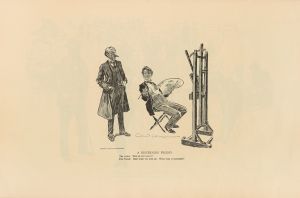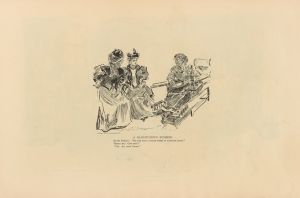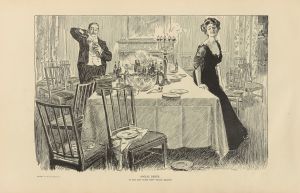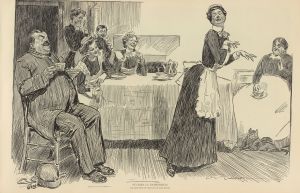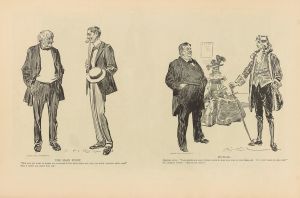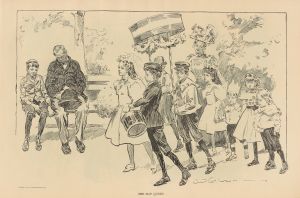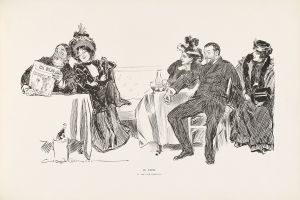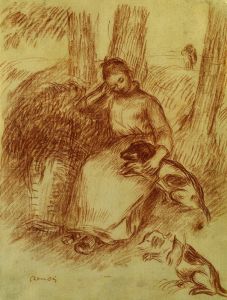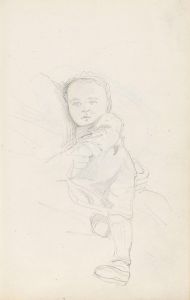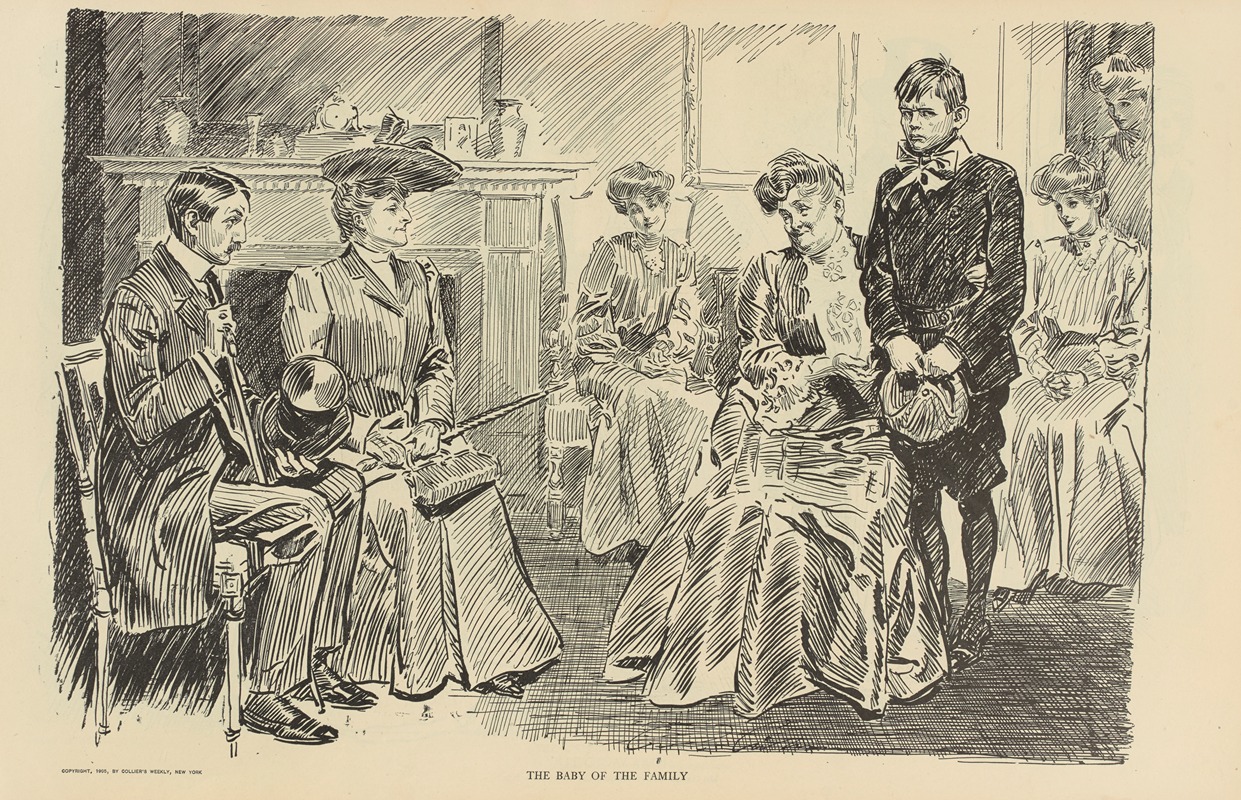
The baby of the family
A hand-painted replica of Charles Dana Gibson’s masterpiece The baby of the family, meticulously crafted by professional artists to capture the true essence of the original. Each piece is created with museum-quality canvas and rare mineral pigments, carefully painted by experienced artists with delicate brushstrokes and rich, layered colors to perfectly recreate the texture of the original artwork. Unlike machine-printed reproductions, this hand-painted version brings the painting to life, infused with the artist’s emotions and skill in every stroke. Whether for personal collection or home decoration, it instantly elevates the artistic atmosphere of any space.
Charles Dana Gibson was an influential American illustrator best known for his creation of the "Gibson Girl," an iconic representation of the American woman at the turn of the 20th century. Among his numerous works, "The Baby of the Family" is a notable illustration that reflects his distinctive style and thematic focus.
Gibson was born on September 14, 1867, in Roxbury, Massachusetts, and he developed an interest in art from a young age. He studied at the Art Students League in New York City, where he honed his skills in drawing and illustration. His career took off in the 1890s when his illustrations began appearing in popular magazines such as Life, Harper's Weekly, and Scribner's.
"The Baby of the Family" is one of Gibson's many illustrations that capture the social dynamics and cultural norms of his time. While specific details about this particular work are scarce, it is consistent with Gibson's broader oeuvre, which often depicted scenes of domestic life, social gatherings, and the interactions between men and women. His illustrations were characterized by their detailed line work and the ability to convey complex social narratives with a single image.
Gibson's work, including "The Baby of the Family," often featured the "Gibson Girl," a creation that became a cultural phenomenon. The Gibson Girl was portrayed as independent, confident, and fashionable, embodying the idealized attributes of the modern American woman. She was often depicted in various social settings, from leisurely activities to more formal occasions, always maintaining an air of elegance and poise.
The impact of Gibson's illustrations extended beyond art and into the broader cultural landscape of the United States. His work influenced fashion, with women emulating the style and demeanor of the Gibson Girl. The illustrations also contributed to the evolving perception of gender roles during a time of significant social change.
Gibson's legacy as an illustrator is marked by his ability to capture the spirit of his era through his art. His illustrations remain a valuable resource for understanding the cultural and social dynamics of the late 19th and early 20th centuries. "The Baby of the Family," like many of his works, offers insight into the domestic and social life of the time, reflecting both the aspirations and the realities of the society he depicted.
Charles Dana Gibson continued to produce illustrations until his retirement in the 1930s. He passed away on December 23, 1944, leaving behind a body of work that continues to be celebrated for its artistic merit and cultural significance. His illustrations, including "The Baby of the Family," remain an enduring part of American art history, offering a window into the past and the evolving narrative of American identity.





